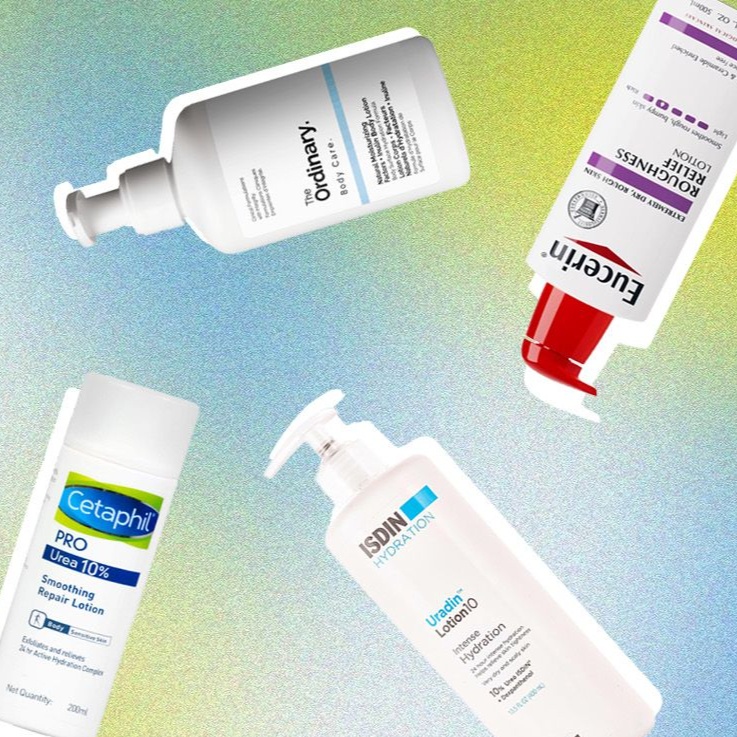I’ve never been scared to see a dermatologist. In fact, I was always the student in the front row, hand perpetually raised. When dermatologists asked about my skincare routine, I rattled it off like a syllabus: double cleanse, exfoliate with acids, vitamin C in the morning, niacinamide when my pores were acting up, hyaluronic acid when I wanted bounce, and of course, sunscreen—three times a day, like clockwork. I even threw in red light therapy for extra credit. Basically: teacher’s pet.
So, imagine my surprise when I met cosmetologist Dr Dinyar Workingboxwalla at the BiE office in Lower Parel, Mumbai, and immediately felt like I had been demoted. Dr Workingboxwalla was not intimidating in the traditional sense. He was soft-spoken, gentle even. His skin glowed in that effortless, poreless way. But he didn’t mince his words. Within five minutes of sitting across from him, I realised this was not going to be the easy A that I was used to.
I had heard the rumours: that he could touch someone’s skin and instantly know what they needed. The sort of dermatologist-meets-clairvoyant thing that sounded like urban legend—until I was in the room. He didn’t begin by telling me about my skin, though. He began with me.
“You’re hyper,” he said. “You’re headstrong. You have your next question ready before I’ve even finished answering the first one.” Okay, fair. Hazards of the job. Then came the blow. “You’re not cleansing your face well enough.”
Me? I was the patron saint of double cleansing. I had evangelised about balm cleansers in 15 stories already. Surely not! But he was firm. My salicylic acid cleanser was apparently “all wrong”. My skin, he explained, was too dry for that level of chemical exfoliation. The bumps under my skin weren’t just stubborn congestion, they were also signs of a disrupted barrier. I make a note to verify this information online.
The skin soothsayer
Somewhere between my indignation and my scribbled notes, I asked him about his new book, Beauty Preserved. He told me he had written it because he wanted to talk about beauty from both sides: the science and the lived experience. After almost 50 years of treating faces, he has amassed a die-hard clientele. “There must be something I am doing right because my list of clients stretches from high-profile society ladies to some of the richest women in India, successful businesswomen to career girls, homemakers and stressed-out teenagers,” he writes in the preface.
The first 10 pages are testimonials that read like love letters to the man who gave them skin they never thought possible. It tracks. His philosophy has always been built on supporting the skin so it can do what it’s meant to do: heal, strengthen, and renew itself. Long before “skin barrier” became a buzzword, he was teaching clients to go gentler, not harder—to treat the skin as something to be nurtured, not “fixed”.
Write it in pencil
It turned out a lot of what I thought I knew about “gold-standard” skincare, he wanted to cross out in red ink. First, he hated my seven-step routine and told me I had to pare it down to three.
Retinol? I braced myself for another lecture. He’s written whole pages on why he thinks it’s overrated. “Use your grey matter,” he said when I brought it up. To him, retinol is complicated—once the gold standard, now toxic-adjacent if overused. Pregnant and lactating women are told to avoid it for good reason, he argues, and even for everyone else, he believes it does more harm than help: “You can’t fix a broken barrier by breaking it further.”
It’s a bold claim, and one that puts him squarely at odds with modern dermatology. Retinoids, especially tretinoin, remain the most researched, clinically proven anti-ageing and anti-acne ingredients in existence. They increase cell turnover, smooth fine lines, fade pigmentation; the science is not ambiguous. Dr Workingboxwalla’s evidence is observational, not clinical—years of watching what skin endures when people push it too far. To him, retinol is a symbol of everything that’s gone wrong with skincare: the obsession with aggression, the chase for results. I might disagree with him (and many doctors do too), but the authority with which he makes these statements does make you question if “proven” has to mean “right for everyone”.
Red light therapy? Another staple I had sworn by. The heat, he argued, could trigger pigmentation. “You’re building collagen to get rid of wrinkles, but you’re causing dark spots,” he said. Studies do suggest red light has collagen-boosting effects, but yes, overheating the skin isn’t ideal for some types of melanin-rich complexions prone to hyperpigmentation. Cryotherapy, meanwhile, risks capillary bursting. His thesis is simple: skin thrives at room temperature. Don’t shock it.
Sunscreen? I had been indoctrinated into the three-finger method, reapplying religiously as if missing one interval would undo everything. He chuckled. “Three finger-fulls? SPF 50, 60, 80? Too much. A coin-size amount of a SPF 35 mineral formula is enough. Reapply if you want, but who has time?”
Dr Workingboxwalla would baulk at being called anti-science. He says he’s excited for what’s coming next: growth factors and exosomes. After years of stripping acids and harsh actives, the general trend seems to be leaning towards technology that offers repair, healing, and skin rejuvenation. Science-forward luxury brands like Barbara Sturm and Augustinus Bader are choosing stem cells and peptides to coddle the skin rather than coerce it into submission. The tide may well be turning.
Exposing my Eldest Daughter Syndrome
Of course, I asked for more feedback (old habits die hard). “You’re not taking your skincare to your neck,” he said. I immediately saw the faint pigmentation he pointed out, the beginning of fine lines. Rookie error. He clocked me on water intake (guilty), too little sleep (guilty), and screen time (guilty). He wasn’t thrilled about my Ultrahuman ring either. “Why put all that electromagnetic energy right into your bones?” he asked, a sceptic of biohacking gadgets. Current evidence suggests that low-level EMF isn’t harmful, but Dr Workingboxwalla skews more traditional on newer technologies like this one.
“Have you always been this honest?” I asked. Most experts I meet are media-trained into vagueness, terrified of saying the wrong thing. He smiled. “I don’t like to slap with a velvet glove.” His ideas aren’t rooted in theory so much as observation—what he’s seen, touched, and treated over decades. He keeps up with new science but stays firm in his own philosophy: treat the skin gently and treat the lifestyle that surrounds it. He’s wary of excessive interference—lasers, harsh peels, quick fixes—but open enough to know that his way isn’t everyone’s. “After one session, I can usually tell if someone will come back,” he says, matter-of-factly. “I tell my assistant not to even pencil them in, and I’m always correct.”
I left his clinic feeling like I’ve just been lovingly roasted by someone who actually wants the best for me. Dr Workingboxwalla isn’t a dogmatic skincare purist. He’s open to new technology and science, willing to change his opinions as research evolves. He’s not telling me to throw everything away and start from scratch—he’s telling me to pay attention to my skin over what the internet is shouting.
That evening, I look at my bathroom shelf full of actives and acids and wonder when I stopped listening to my face and started listening to Reddit. I apply my products down to my neck, drink a glass of water, and make a mental note to reevaluate all the steps in my routine. Am I ready to part with my beloved tube of prescription retinol? Probably not. Is my LED mask gathering dust as I write this anyway? Pretty much. As much as I hate to admit it, the seven steps in my routine may not entirely be mandatory.




